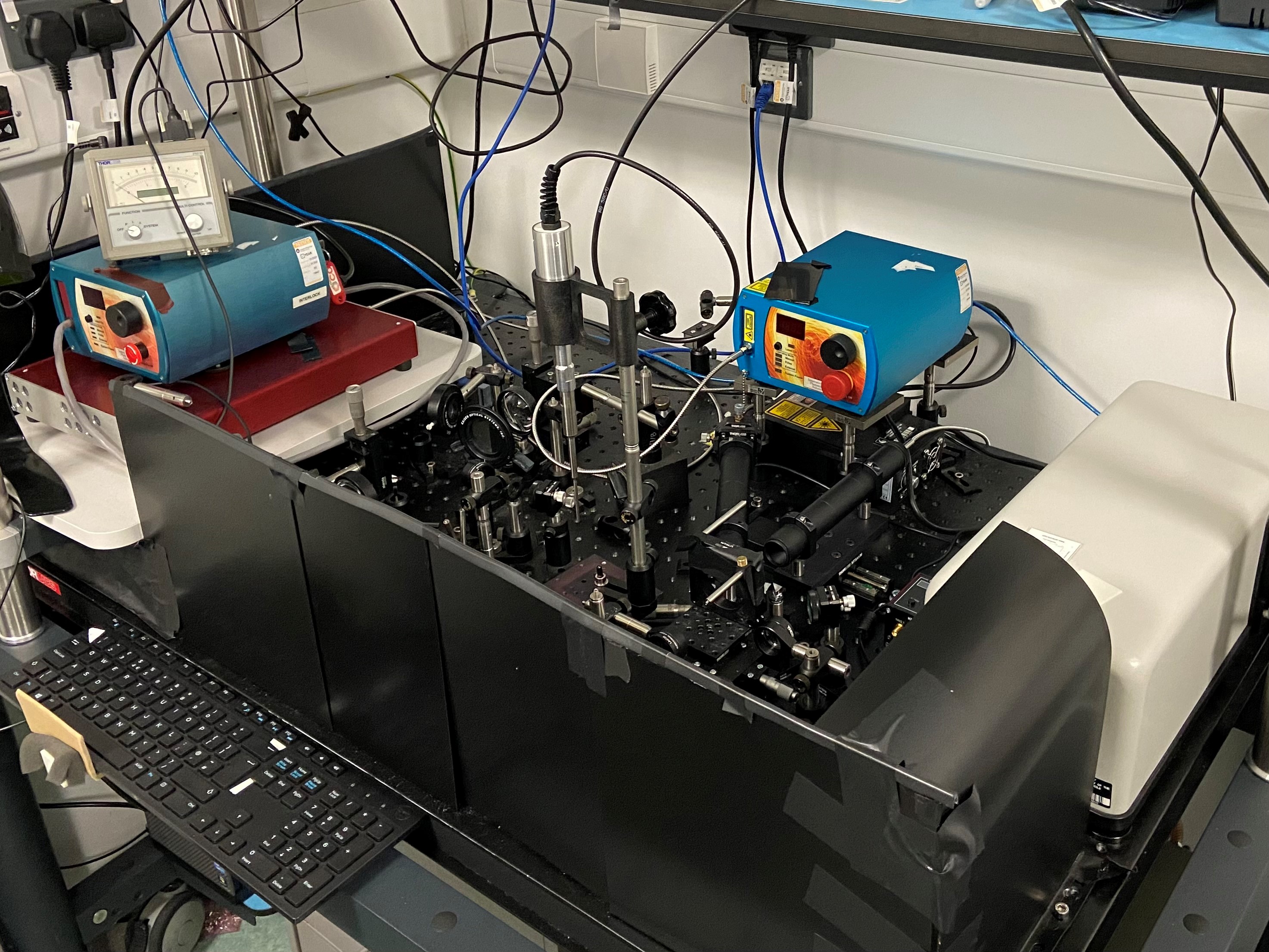New research projects funded by STFC and led by researchers from Cranfield University have utilised SORS to develop fresh ways to detect sugar syrup adulteration in honey, paving the way for fast and accurate tests to discover fake products in a market worth many millions of pounds.
There is growing consumer demand for honey, with £89.8 million worth of honey imported to the UK in 2023 alone. But such a high-value product is vulnerable to fraud, with syrups being added to dilute the pure honey and increase profits for the seller. A report from the European Commission in 2023 found 46% of 147 honey samples tested were likely to have been adulterated with cheap plant syrups.
It can be very difficult and complex to detect adulterated honey products, more so because honey's characteristics vary immensely due to sources of nectar, season of harvest and geography. Existing authentication methods have been costly and time consuming, and there is a growing appetite for reliable testing and the adoption of new rules to try and combat fraud.
Now scientists at Cranfield University have successfully tested two new methods to authenticate UK honey quickly and accurately thanks to support from STFC's Food Network+ research programme.
Detecting fake honey without lifting the lid
A research project led by Dr Maria Anastasiadi, Lecturer in Bioinformatics at Cranfield University, with support from the Food Standards Agency and STFC used a specialist light analysis technique to detect fake honey without opening the jar.
Samples of UK honeys spiked with rice and sugar beet syrups were tested at STFC's Central Laser Facility (CLF) using the non-invasive Spatial Offset Raman Spectroscopy (SORS) method – a technique developed originally at CLF - more commonly used in pharmaceutical and security diagnostics. This method proved highly accurate in detecting sugar syrups present in the honey. SORS rapidly identified the 'fingerprint' of each ingredient in the product, and the scientists combined this technique with machine learning to successfully detect and identify sugar syrups from various plant sources.
 The SORS experimental setup at the CLF lab in the Research Complex at Harwell.
The SORS experimental setup at the CLF lab in the Research Complex at Harwell.
Dr Sara Mosca, Raman Spectroscopy Scientist at STFC's Central Laser Facility, said
“It was a pleasure to contribute to this exciting research, using our SORS expertise to support Dr Anastasiadi's project and help open up a significant new application area for this technology.
The results of this study demonstrate the potential of SORS, in combination with machine learning, to rapidly check the authenticity of honey samples and the detection of any added sugar syrups that may have been added to them. The major advantage of the SORS technique developed by our team is that it is a rapid, non-invasive method deployable in the field with potential application at all stages of the supply chain."
Dr Anastasiadi commented: “Honey is expensive, and in demand – and can be targeted by fraudsters which leaves genuine suppliers out of pocket and undermines consumers' trust. This method is an effective, quick tool to identify suspicious samples of honey, helping the industry to protect consumers and verify supply chains."
The paper Application of Spatial Offset Raman Spectroscopy (SORS) and Machine Learning for Sugar Syrup Adulteration Detection in UK Honey was published in Foods 2024, vol. 13.
